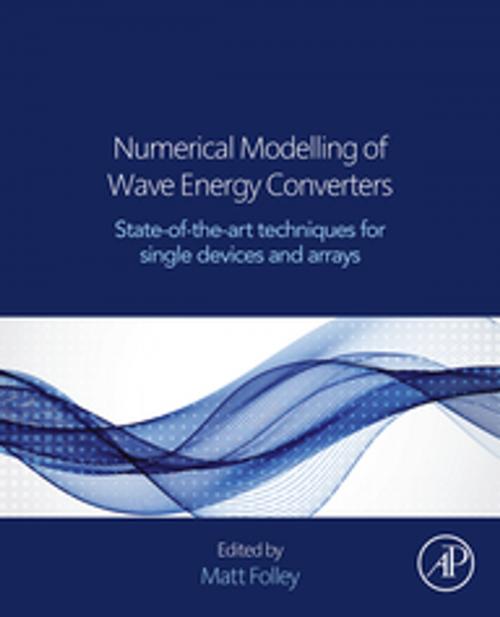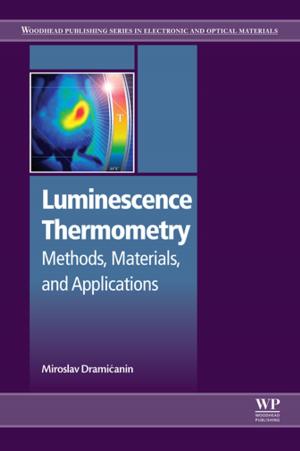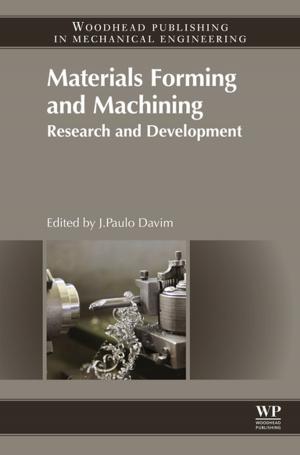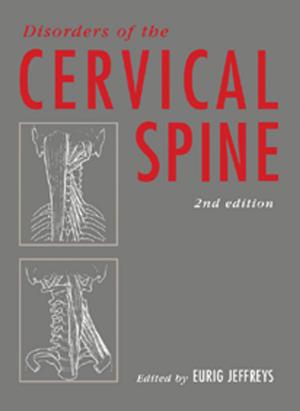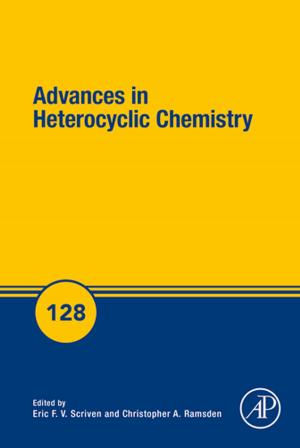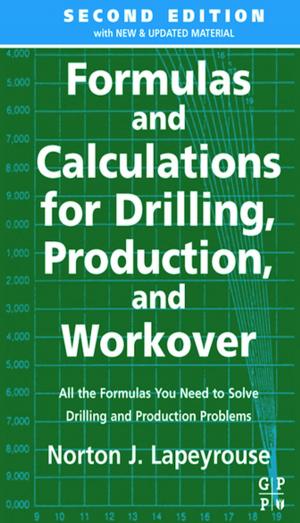Numerical Modelling of Wave Energy Converters
State-of-the-Art Techniques for Single Devices and Arrays
Nonfiction, Computers, Advanced Computing, Programming, Data Modeling & Design, Science & Nature, Technology, Power Resources| Author: | ISBN: | 9780128032114 | |
| Publisher: | Elsevier Science | Publication: | June 14, 2016 |
| Imprint: | Academic Press | Language: | English |
| Author: | |
| ISBN: | 9780128032114 |
| Publisher: | Elsevier Science |
| Publication: | June 14, 2016 |
| Imprint: | Academic Press |
| Language: | English |
Numerical Modelling of Wave Energy Converters: State-of-the Art Techniques for Single WEC and Converter Arrays presents all the information and techniques required for the numerical modelling of a wave energy converter together with a comparative review of the different available techniques. The authors provide clear details on the subject and guidance on its use for WEC design, covering topics such as boundary element methods, frequency domain models, spectral domain models, time domain models, non linear potential flow models, CFD models, semi analytical models, phase resolving wave propagation models, phase averaging wave propagation models, parametric design and control optimization, mean annual energy yield, hydrodynamic loads assessment, and environmental impact assessment.
Each chapter starts by defining the fundamental principles underlying the numerical modelling technique and finishes with a discussion of the technique’s limitations and a summary of the main points in the chapter. The contents of the chapters are not limited to a description of the mathematics, but also include details and discussion of the current available tools, examples available in the literature, and verification, validation, and computational requirements. In this way, the key points of each modelling technique can be identified without having to get deeply involved in the mathematical representation that is at the core of each chapter.
The book is separated into four parts. The first two parts deal with modelling single wave energy converters; the third part considers the modelling of arrays; and the final part looks at the application of the different modelling techniques to the four most common uses of numerical models. It is ideal for graduate engineers and scientists interested in numerical modelling of wave energy converters, and decision-makers who must review different modelling techniques and assess their suitability and output.
- Consolidates in one volume information and techniques for the numerical modelling of wave energy converters and converter arrays, which has, up until now, been spread around multiple academic journals and conference proceedings making it difficult to access
- Presents a comparative review of the different numerical modelling techniques applied to wave energy converters, discussing their limitations, current available tools, examples, and verification, validation, and computational requirements
- Includes practical examples and simulations available for download at the book’s companion website
- Identifies key points of each modelling technique without getting deeply involved in the mathematical representation
Numerical Modelling of Wave Energy Converters: State-of-the Art Techniques for Single WEC and Converter Arrays presents all the information and techniques required for the numerical modelling of a wave energy converter together with a comparative review of the different available techniques. The authors provide clear details on the subject and guidance on its use for WEC design, covering topics such as boundary element methods, frequency domain models, spectral domain models, time domain models, non linear potential flow models, CFD models, semi analytical models, phase resolving wave propagation models, phase averaging wave propagation models, parametric design and control optimization, mean annual energy yield, hydrodynamic loads assessment, and environmental impact assessment.
Each chapter starts by defining the fundamental principles underlying the numerical modelling technique and finishes with a discussion of the technique’s limitations and a summary of the main points in the chapter. The contents of the chapters are not limited to a description of the mathematics, but also include details and discussion of the current available tools, examples available in the literature, and verification, validation, and computational requirements. In this way, the key points of each modelling technique can be identified without having to get deeply involved in the mathematical representation that is at the core of each chapter.
The book is separated into four parts. The first two parts deal with modelling single wave energy converters; the third part considers the modelling of arrays; and the final part looks at the application of the different modelling techniques to the four most common uses of numerical models. It is ideal for graduate engineers and scientists interested in numerical modelling of wave energy converters, and decision-makers who must review different modelling techniques and assess their suitability and output.
- Consolidates in one volume information and techniques for the numerical modelling of wave energy converters and converter arrays, which has, up until now, been spread around multiple academic journals and conference proceedings making it difficult to access
- Presents a comparative review of the different numerical modelling techniques applied to wave energy converters, discussing their limitations, current available tools, examples, and verification, validation, and computational requirements
- Includes practical examples and simulations available for download at the book’s companion website
- Identifies key points of each modelling technique without getting deeply involved in the mathematical representation
